The black stuff on your leaves is likely sooty mold
The black stuff on your leaves is probably sooty mold, a fungal disease growing on plants and other surfaces, and it is often seen in the spring and summer. The leaves or stems have a black coating that looks like soot. If you look closely, it is growing only on the surface of the leaves. Sooty mold can occur on citrus, figs as well as ornamentals like crape myrtle, laurels, azaleas, tulip tree, oleander. Sooty mold can be found on virtually any plant. Any part of the plant may be affected, including leaves, branches and fruit.
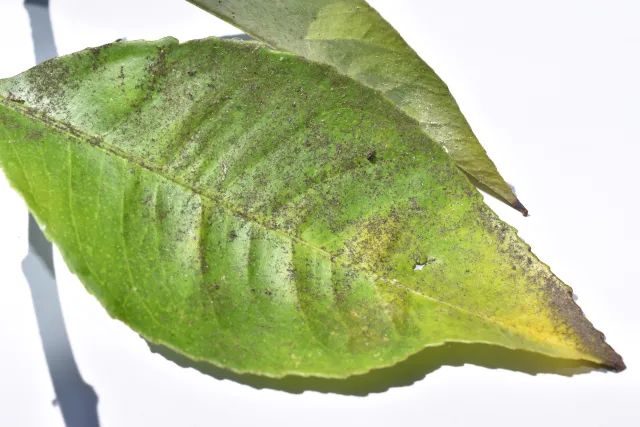
Your plant will survive, though
The sooty mold fungus doesn’t generally infect or harm the plant. Although, if the sooty mold is heavy or thick, it can block sunlight to the leaves and cause photosynthesis to slow, so the plant has less food for growth. Affected leaves might drop prematurely, but plants generally can tolerate some sooty mold. It is ugly, but not generally life-threatening to plants. Any damage to the plant is more likely to be due to a heavy infestation of insects that are associated with the sooty mold fungus.
The cause of black sooty mold on leaves…sucking insects
Sooty mold is a sign that there are sucking insects on your plant, and they have pooped out sweet sticky stuff onto the plant leaves. Wherever honeydew lands – leaves, twigs, fruit, yard, sidewalks, cars – sooty mold fungus can grow on the surface of the sugary insect waste.
What is honeydew … exactly?
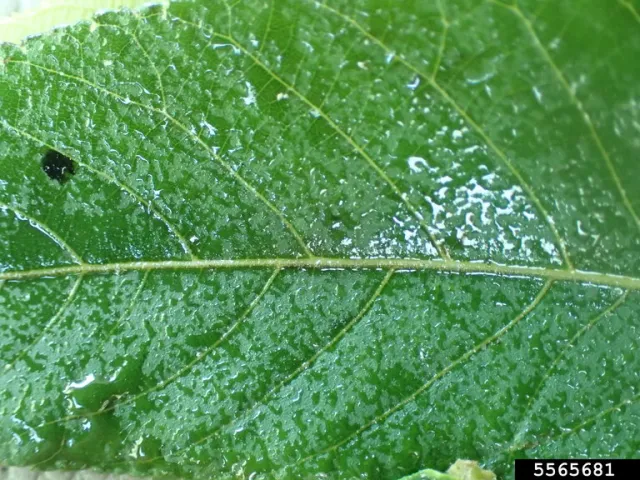
Sucking insects feed on the sap, but they can’t completely digest all that they take in; so the extra water and sugar is dumped as waste (honeydew).
Leaves or other surfaces coated in honeydew will look glossier than normal and will be sticky to the touch.
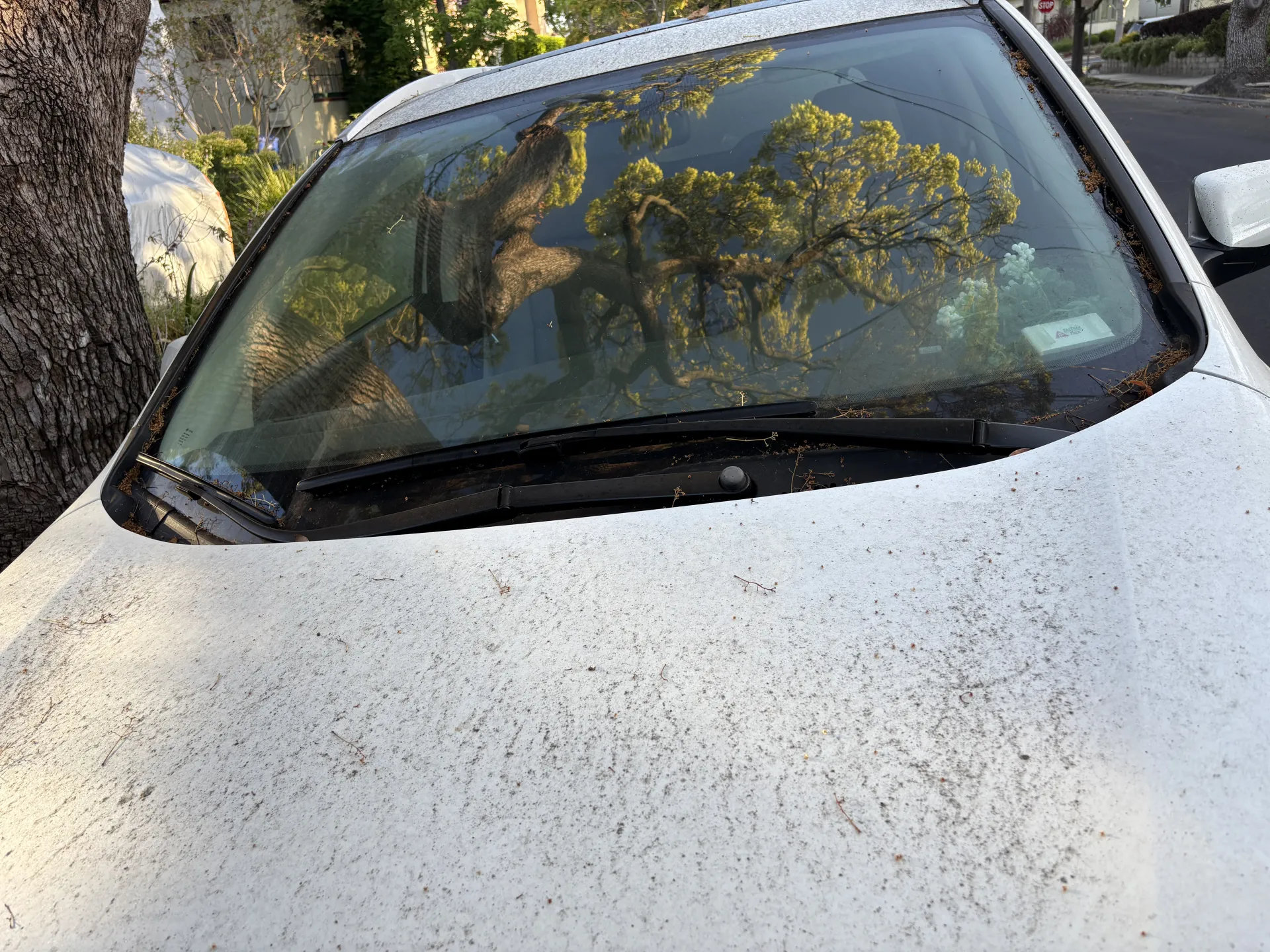
This clear, gummy liquid will drip or be oozed onto surfaces near or below the feeding insects. Since many sap-feeding insects feed in groups, the honeydew build up can be rapid and substantial before being detected. Sooty mold can develop on walls, sidewalks, cars or anything else where stuff has dropped from plants above them. If you are curious about details of honeydew production,see the video below.
Black sooty mold is so ugly, what to do?
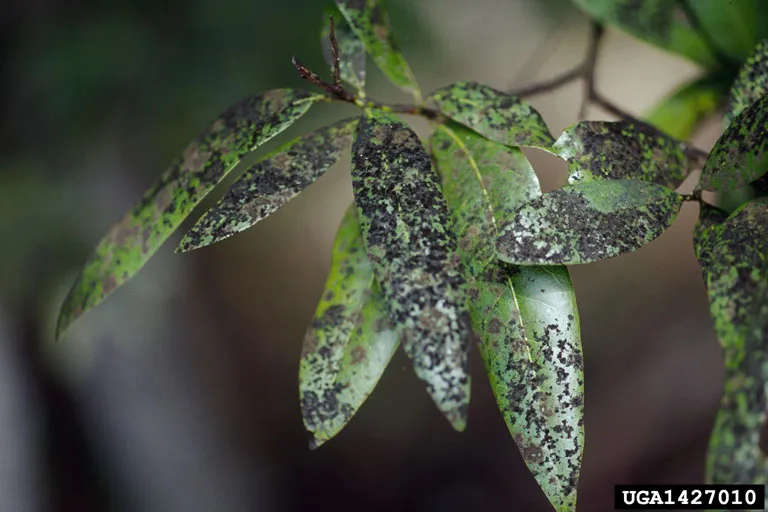
Depending on the size of the plant, wiping or sponging affected leaves and other plant parts with water is sometimes enough to remove the sooty mold growth.
If it is feasible, lukewarm water can be more effective. If your plant is small enough, wiping is likely the most effective.
- Sooty mold may also be washed off plants and other surfaces with a strong stream of water or soap and water.
- Minimize or avoid the addition of strong soaps or detergents to the water as these can damage foliage.
- Be patient. If you take care of the source of the problem, the insects, then time and the rains can take care of the current sooty mold.
Can I eat fruits or vegetables that were covered with sooty mold?
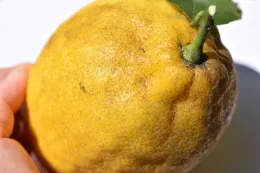
Yes, the fruits and vegetables are still edible.
Wash off the mold with mild soap and warm water.
How to Control Sooty Mold … First, Control the ants
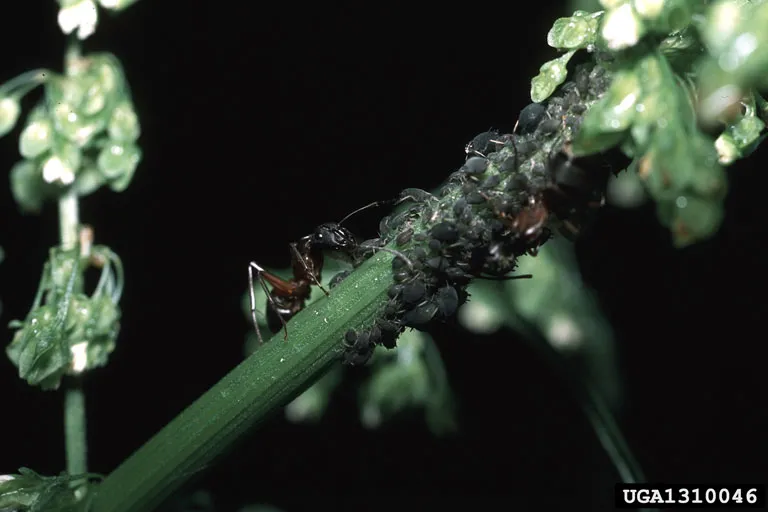
An important step in controlling the numbers of sucking insects is to look for ants and to control the ants if you see them. Ants are attracted to and use honeydew as a source of food. Ants will protect the sucking insects from predators and parasites to collect the honeydew.
Use a sticky compound around the base of the plant to prevent ants from climbing up into the plant.Watch the video below to see how to keep ants out of trees.
Baits, such as ant stakes, may help. More information on ant management can be found here.
Then, identify the insect that is the source of the honeydew …
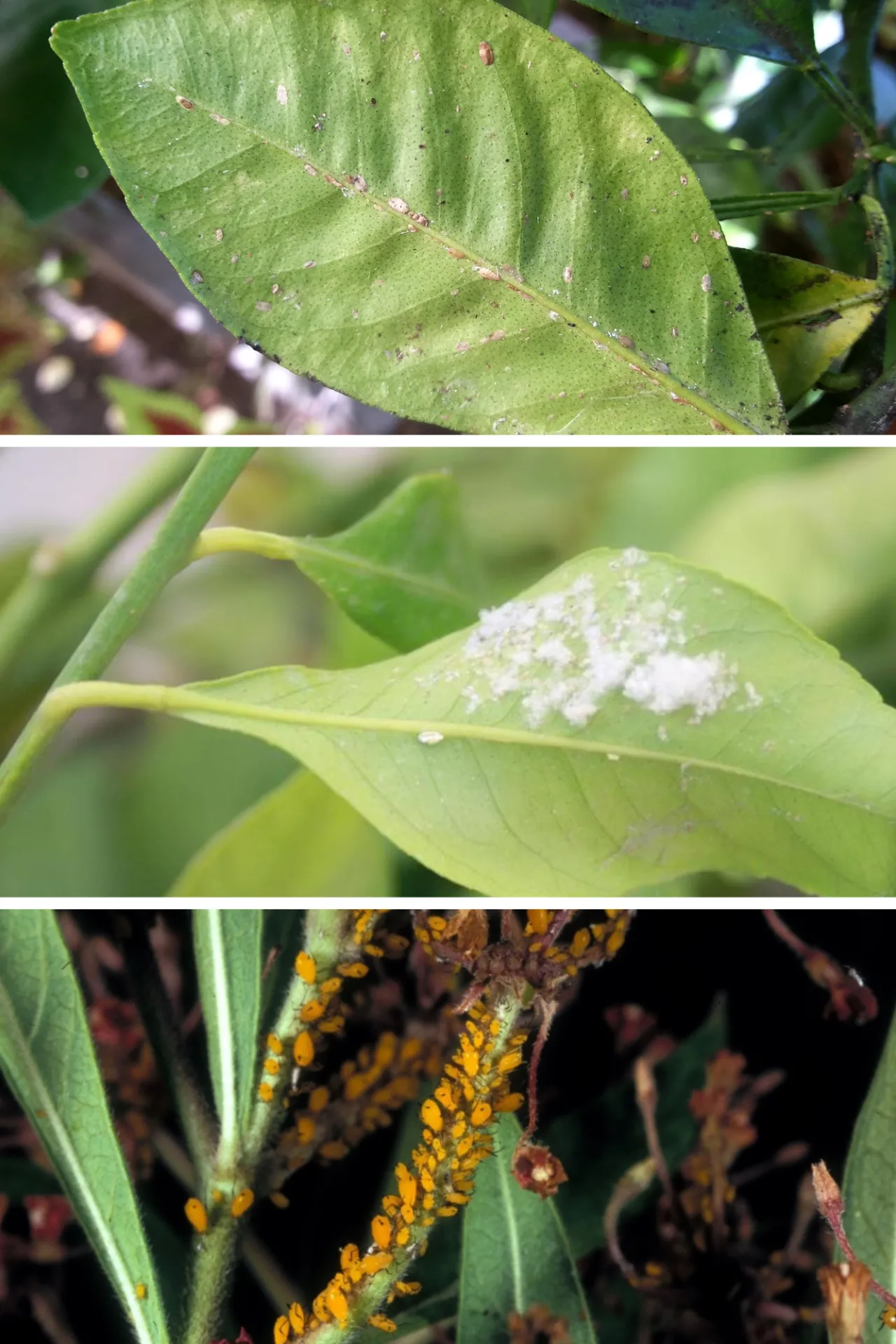
Another essential step is to figure out what insects are sucking on your plant. Aphids, adelgids, planthoppers (including spotted lanternfly), leafhoppers, whiteflies, mealybugs, psyllids, and soft scale insects all produce honeydew.
Remember, the insects that caused the problem might or might not be there now when you have noticed the sooty mold. Insects love new, tender plant growth; so check there for the presence of sucking insects like aphids, psyllids, soft scale, whiteflies, mealybugs. If you see them, you may be able to knock them off with a strong stream of water, but be sure to monitor for the return of the insects and repeat the process as necessary.
Walking your garden and preventing the build up of insect populations that secrete honeydew. Spray off insects or prune off affected parts of plants. On small plants, periodic rinsing with cold water will physically remove and prevent buildup of honeydew-producing insects and their accompanying honeydew.
Insect identification important for effective management
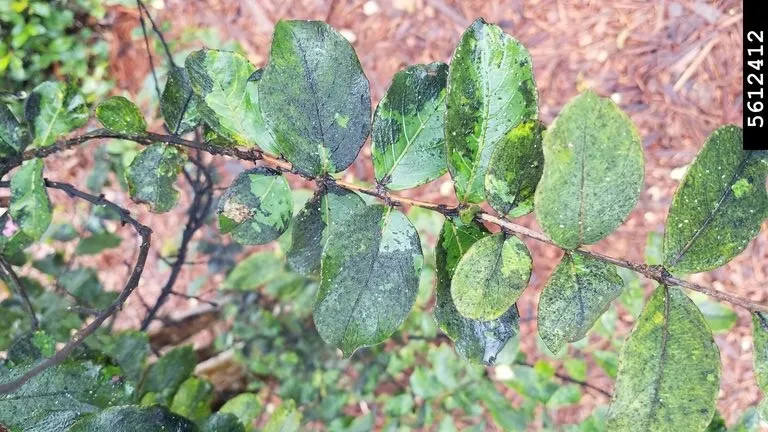
There is the temptation to spray immediately for insects, but they may be long gone or they may be in growth phase immune to the treatment. The size of the plant as well as the degree of insect infestation impact what interventions might be warranted. Investigate first, since insecticide applications can upset the balance of the life in your garden, taking out the helpful insects (also known as beneficials) that are controlling the unwanted insects.
Links to managing plant-sucking insects:
Identification of the pest leads to the appropriate actions to manage the pest. Here are links to information on life cycle and management of the plant-sucking insects mentioned earlier:
Aphids, adelgids, planthoppers (including spotted lanternfly), leafhoppers, whiteflies, mealybugs, psyllids, and soft scale insects
What to Do to Control Sooty Mold:
- Check new growth for sucking insects – aphids, psyllids or others
- Wash off insects with strong stream of water; do it a number of times over different days
- Fertilize and water properly, so as not to promote excessive growth
- Manage the ants
- Avoid insecticides, where possible, to allow the helpful insects (predators and parasites) to feed on and reduce population of scale insects, aphids, psyllids, whiteflies, or mealybugs.
- When using insecticides, for effectiveness, identify the insect pest first and then follow directions carefully.
- Wash off sooty mold with a strong stream of water only or soap and water, using liquid dish soap - 1 TBSP in 1 gallon of water.
- Careful pruning of the affected parts may also improve appearance.
- Consider hiring an arborist to help plan how to control insects in larger plants, like trees.
In Summary:
When you see black stuff on your leaves, it is most likely sooty mold. With vigilance and care, sooty mold can be controlled. First, look for ants in your plant and prevent them from climbing into your plant. See if you can find and identify the sucking insects that create the sweet sticky waste that the black fungus is growing on. (The insects may be long gone.) Insecticides are only effective if they are applied appropriately at the right time to the right insect. Spraying with water can be all that is needed to control the insects if they are still there. Remember, sooty mold won’t kill your plant; the black stuff on your plant leaves is mostly a cosmetic issue and can often be washed off.
References:
Sacramento Tree Foundation: Are your tree’s leaves gooey, sticky, and messy?
Methods for washing off sooty mold from Royal Horticultural Society (RHS)
Recipe for soapy water for removing sooty mold from Mississippi State University Extension
University of Maryland with great photos of honeydew and spotted lanternfly
Aphids, honeydew, ants and spraying of water as control from University of Arizona Cooperative Extension
Great photos from UCANR of sooty mold and honeydew-producing insects
Want to learn more?
This blog post is brought to you by the Help Desk of the UC Master Gardeners of Alameda County. Subscribe to our blog!
Have a gardening question? We'll help.
Visit our Help Desk page to submit your question and see additional ways you can reach us.

